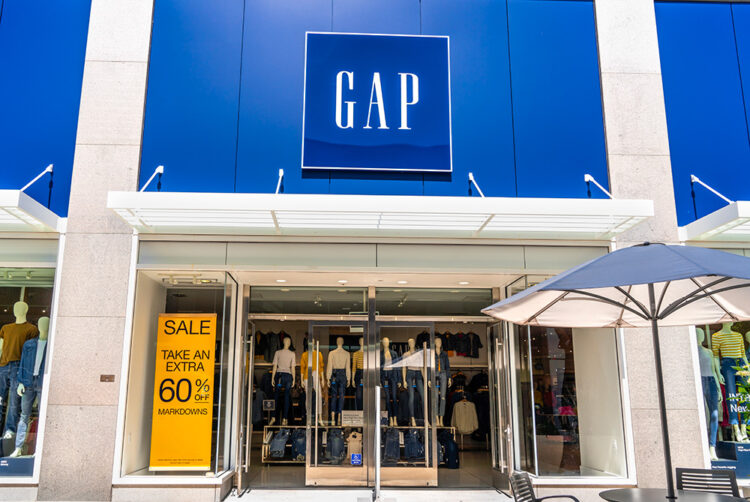The cost of dizzying numbers on retail media strategy

Partner content
Retailers are keen to chase the media budget that seems destined for their properties, but to succeed they have to understand what it means to act as a publisher.
The mammoth numbers surrounding retail media are creating a lot of messiness for retailers. While the idea of a share of $100bn in ad spend per annum is a welcome thought to retailers running tight margins on their core businesses, we have to question, does every retailer have a compelling media proposition from the get-go?
Forecasters largely work on the assumption we’re at the base of an S-curve in offsite retail media, the jumping-off point where retailer data is used to target audiences across the open internet. But the natural launchpad into offsite and CTV — saturated onsite inventory and brands wondering how to spend more — is far from the situation many retailers find themselves in today.
Few retailers can immediately boast the size and appeal to advertisers at large while also having the right resources aligned internally. Redressing this comes down to having the fundamentals in place.
Nailing onsite
The first step is saturating onsite inventory. Without this, a retailer won’t be successful offsite because if endemic advertisers aren’t buying the audiences where they convert, they aren’t going to be excited by them further up the funnel — just look at Gap’s decision to sunset its retail media unit earlyier this year.
Akin to publishing, chief among the prerequisites for building a media business is having sufficient scale to meet advertiser demands. Bear in mind manufacturers like Gap are first and foremost their own brand. Operating as a multi-brand stock provider is often essential in monetising audiences, with multiple brands across different categories all vying for visibility.
So retail media strategy must first be led by the process of growing the customer base. What is the retailer’s customer acquisition strategy? What is their retention strategy? Maybe the retailer hasn’t had the right narrative on how important and differentiated they are in their corner of the market.
This renewed focus is vital because if you’re not growing your eyeballs, it becomes increasingly tricky to grow your media program.
Talent acquisition
Another roadblock is the technical piece. Despite the growth of retail media and retailers shifting focus, we’re still seeing slow throughput of highly skilled media professionals who are able to straddle both the reality of operating within a retail organisation and the needs of the media world. These are two very different disciplines.
In some ways, the arrival of retail media caused a perfect storm for retailers. Just as a new type of media erupted onto the scene, market uncertainty whisked away the budget to invest. It places retailers in a Catch-22 scenario; until finance teams feel comfortable about the future growth of the business, dollars won’t land in the right places.
Breaking the stalemate is essential when you think about where the media world is headed, with AI tools helping to serve the right product (with the right, personalized creative) to the right consumer at the right moment. With the right skillsets in place, retailers put themselves one step closer to increased baseline pricing.
Articulating a media proposition
Advertisers will need a different level of insight and support than when they were mere suppliers. For example, any retail media network is going to provide some kind of closed-loop reporting, but this rarely enables an ‘apples to apples’ view of metrics across retail media channels to understand what will drive the most value for the brand.
Successfully pitching a media proposition to advertisers also means convincing them of unique value. For retailers with brick and mortar stores, making data stand out in a crowded media market can be as simple as leaning into in-store behavior. Take consumer technology as an example. In-store sales of a retailer like Currys is a really compelling proposition because it stands out from Amazon, which doesn’t have the in-store data from when a customer pops in to take a look at a TV they want to buy.
The UK is really strong in this area. Boots, Tesco, Sainsbury’s all have loyalty programs with millions of customers, so naturally, they are inclined to tie together end-to-end media buying.
Unlocking budgets
This leads us to budgets. So far retail media has primarily dabbled in trade budgets. For example, with the in-store piece, it’s vital retailers realize the opportunity here is more than just the trade play of digitising the chocolate bar stands at the end of the aisle, this is a media-focused data play.
The right mindset governs the extent to which retailers can move beyond just delivering trade through retail media technology and instead unlock net new budget.
It’s understandable that retailers are keen to chase the media budget that seems destined for their properties, but to succeed they have to understand what it means to act as a publisher; where and how different budgets could be activated within their assets. They have to assess whether they’re set up correctly and whether the timing is right based on onsite demand.
If the fundamentals are in place, that’s when retailers will grow profitability and see long-term future growth.
Nicole Kivel is managing director, Northern Europe, at Criteo
Three things to consider when building a retail media strategy




